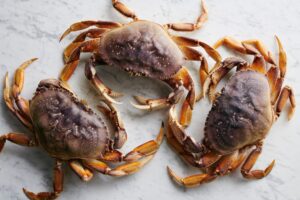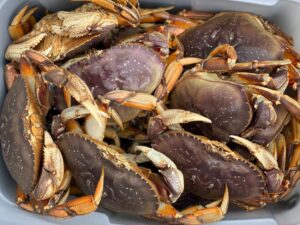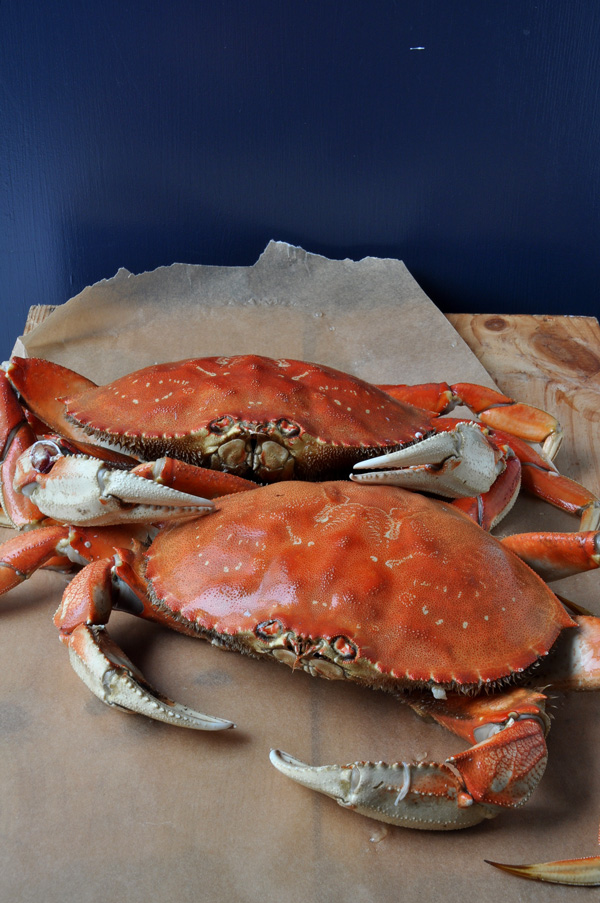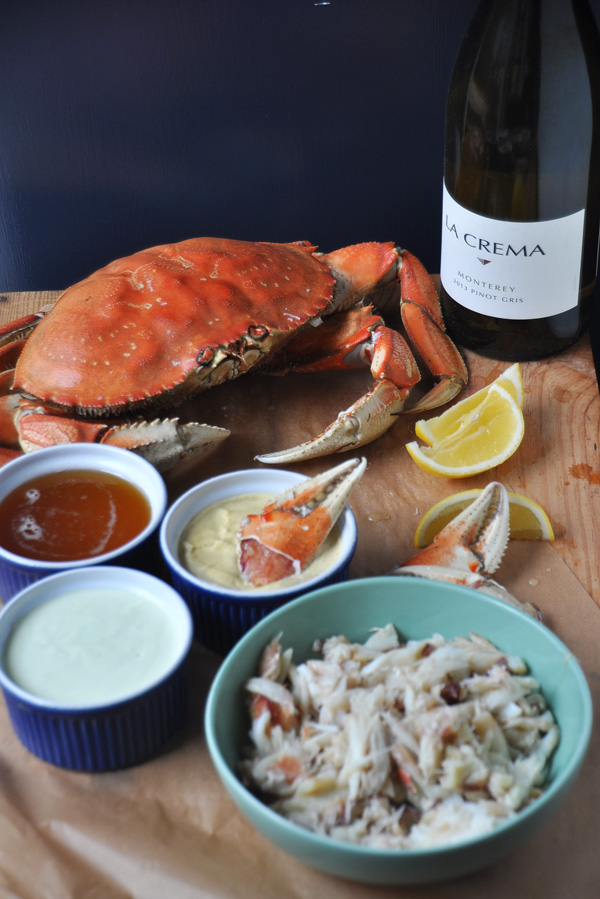Everything You Need to Know About Dungeness Crab
You’ve probably already heard about Dungeness crabs, whether it’s from your first time crabbing or in seafood restaurant menus. That’s because they are a well-sought out for species, especially in Oregon, where Dungeness crabs are abundant.
But these crabs are more than just meaty seafood to enjoy. They’re fun to learn about, too! Read on to find out everything you need to know about the Dungeness crab.
Everything You Need to Know About Dungeness Crab
Dungeness crabs are a fascinating species with a lot of history! Please take a look at what Dungeness crabs are all about, from their size and origins down to how to catch and cook them!

What are Dungeness Crabs?
Cancer magister is the Latin name for Dungeness crab, which the Integrated Taxonomic Information System recognizes. However, this Latin name is typically associated with the zodiac sign, “cancer.” Interestingly, even if that particular zodiac sign doesn’t represent the crab, not many people are aware that cancer magister actually stands for Dungeness crab!
As for the World Register of Marine Species, they recognize the Dungeness crab for its Latin name, the Metacarcinus magister,
The English name “Dungeness” originates from one of the most fertile habitats of the species, which is the Dungeness Spit. This area is from Northwest Washington, located on the Strait of Juan de Fuca. It’s also named after a beach with the same name, this time situated in England!
How can you distinguish the Dungeness crab?
This crab can measure up to 9-10 inches across and weigh around 3 pounds once it’s 4-5 years old. The Dungeness crab’s size will determine the frequency of its molting.
Dungeness crabs have a broad and round body covered with a smooth and fan-shaped shell that requires molting to grow. What makes Dungeness crabs unique is their serrated teeth and their hooks from the tips.
Throughout the year, smaller crabs would molt more frequently, and once they reach sexual maturity, the larger crabs will molt annually or biannually. After these crabs molt, they require at least two months until their shell hardens. Usually, younger crabs would molt up to 7 times a year, while mature crabs molt once a year, usually during the summer.
It’s only during the molted phase (soft-shell) that these crabs can breed females. Even if they only mate once, a female will produce multiple batches of fertilized eggs during their molted phase. The additional batches are made possible as female crabs can store sperm from the first mating.
Because female crabs can produce more than one batch, only male crabs are allowed to be harvested at a minimum size limit during the state’s harvest season.
You can find Dungeness crabs in murky saltwater and eelgrass beds at around 300-600 feet deep, as they prefer muddy, sandy ocean floors. Their carapace, which is the hard outer shell, can come in various colors, ranging from yellow-brown to a cool plum purple. Besides their four pairs of walking legs, this crab has a pair of claws.
These crabs have a cleaner diet compared to other species, being omnivorous bottom feeders foraging for clams, crustaceans, shrimp, worms, and the like. That said, Dungeness crabs would still have a diverse diet, eating about anything they can find and catch! They use strong claws to chip away and break shells of creatures until they can reach the flesh to consume.
Dungeness crabs can live up to 13 years old though we usually catch males once they reach four years old.

Dungeness Crab Crabbing Season
You can catch Dungeness crabs yourself, and you’ll be surprised with how easy it can get with skill and practice.
If you’re in Newport, head to South Beach or Historic Bayfront, where you can find the best crabbing spots. Alternatively, you can try hiring fishing charters and catch Dungeness crabs from a boat, where you can use pots or traps.
That said, you must be aware of the rules and regulations the Oregon Sport Fishing Regulations implement. Crabbers should not use over three pieces of crab gear and should only harvest 12 (or fewer) male Dungeness crabs measuring over six inches. If you catch a female Dungeness crab, you must release them.
Usually, crabbing season is open all year; we highly recommend targeting Dungeness crabs during the late summer to the early fall season. Those times are the mating season, resulting in active and abundant crabs!
You can find most of the country’s Dungeness crabs in California, Oregon, and Washington. This crab species packs quite a punch in the fishing industry, with anglers catching a whopping 53 million pounds of Dungeness crabs, bringing in $169 million back in 2014! That’s almost ¼ of our Pacific region’s fishing industry right there, and consider the fact that the crabbing season is only a few months a year.

Cleaning and Cooking Dungeness Crabs
Once you catch a Dungeness crab to take home and ear, you must clean it, starting with boiling or steaming. Boiling is a more common method, while steaming will allow more flavors of the Dungeness crab to come out.
If you choose to boil crab, salt your water enough to match the taste of the ocean. Afterward, add your preferred spices and herbs for flavor, then add your crab. Allow this to simmer for 10-15 minutes.
Suppose you want to steam it, salt one inch of water in a large pot. Use a steamer basket and add your crab, then cover the pot. Wait for 15-20 minutes before taking your crab out.
After doing any of these methods, remove the crab from the pot, allowing it to cool. Then, you’ll have to clean the Dungeness crab by removing the apron, carapace, gills, and mandibles. Once you’re done, you can rinse the crab clean and use it for numerous recipes, such as:
- Steamed Dungeness crab
- Oven-roasted Dungeness crab
- Sauteed garlic butter Dungeness crab
- Dungeness crab cakes
- Dungeness crab boil
- Gumbo
- And more!
Wrapping It Up
We hope you learned everything you need to know about Dungeness crab with us. Check out our other blog posts to learn about crabbing, other insightful fishing tips, and things to know about Newport and our charter services now!
Let’s Get Started


